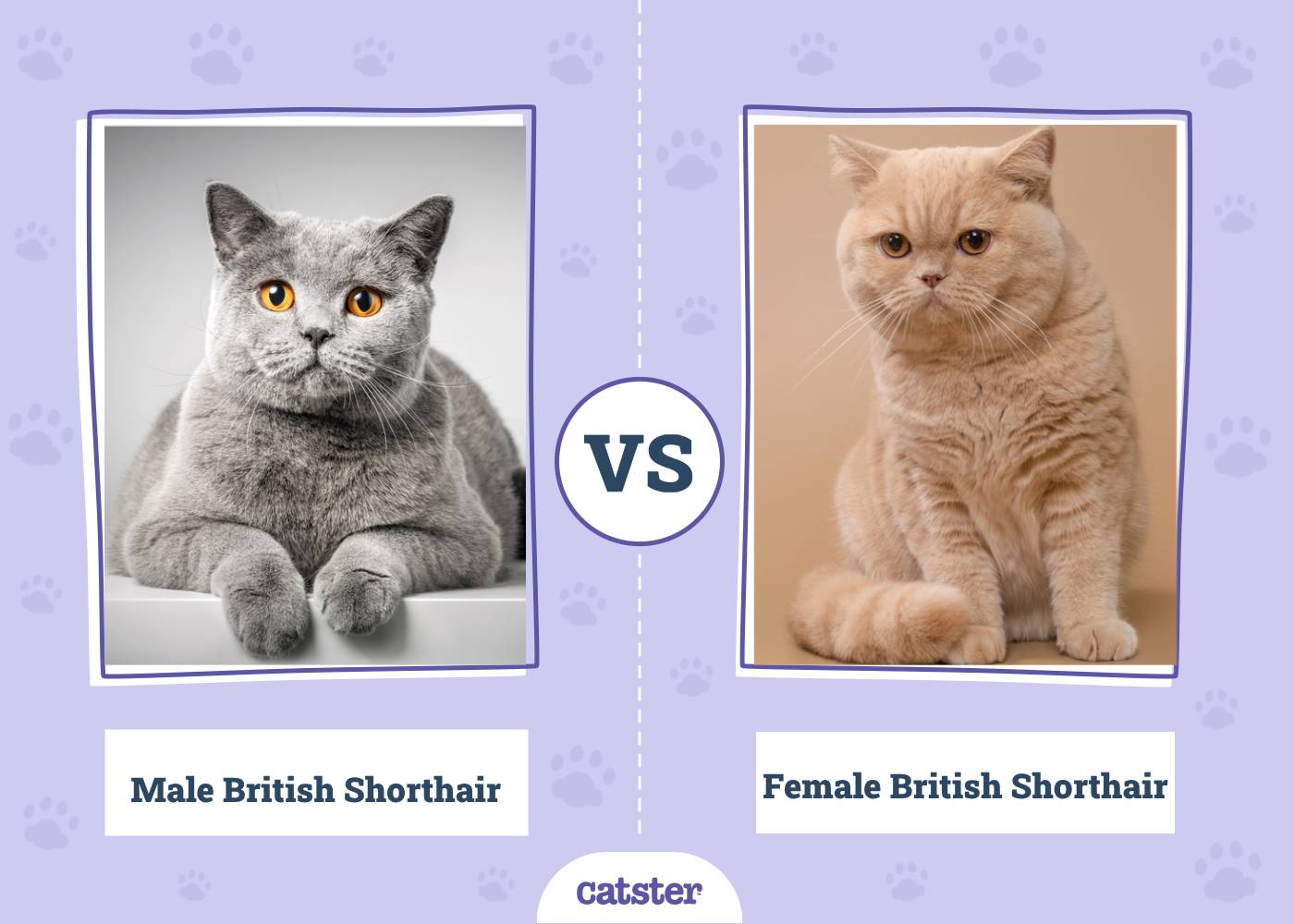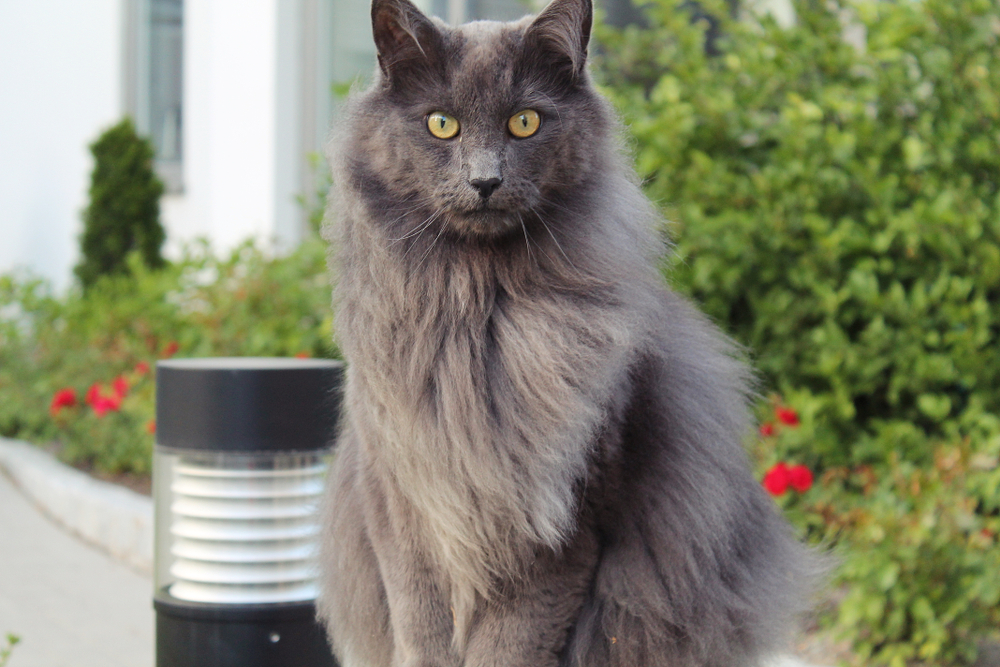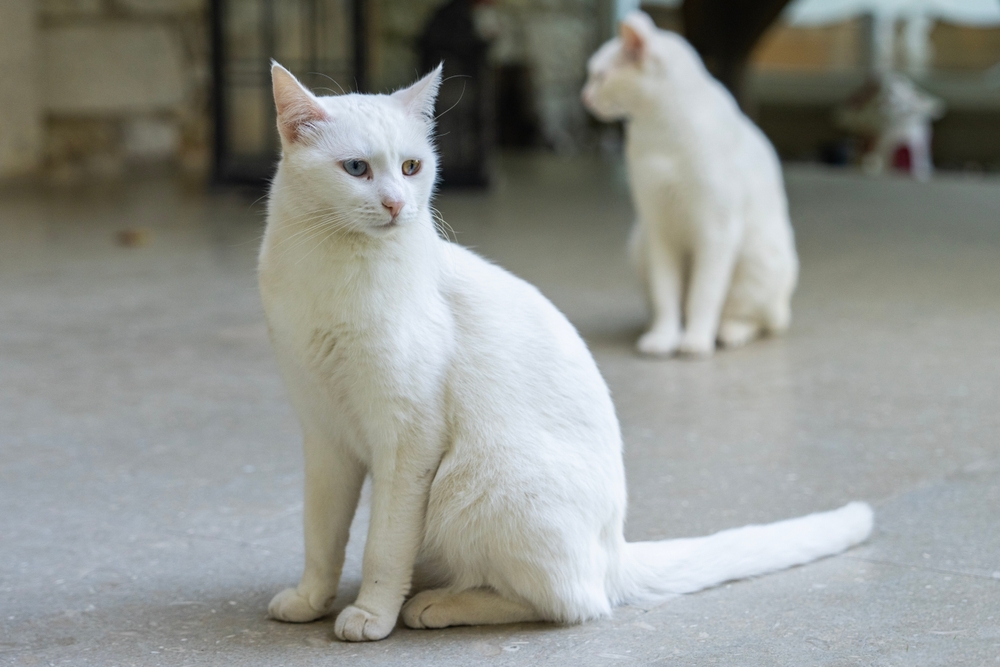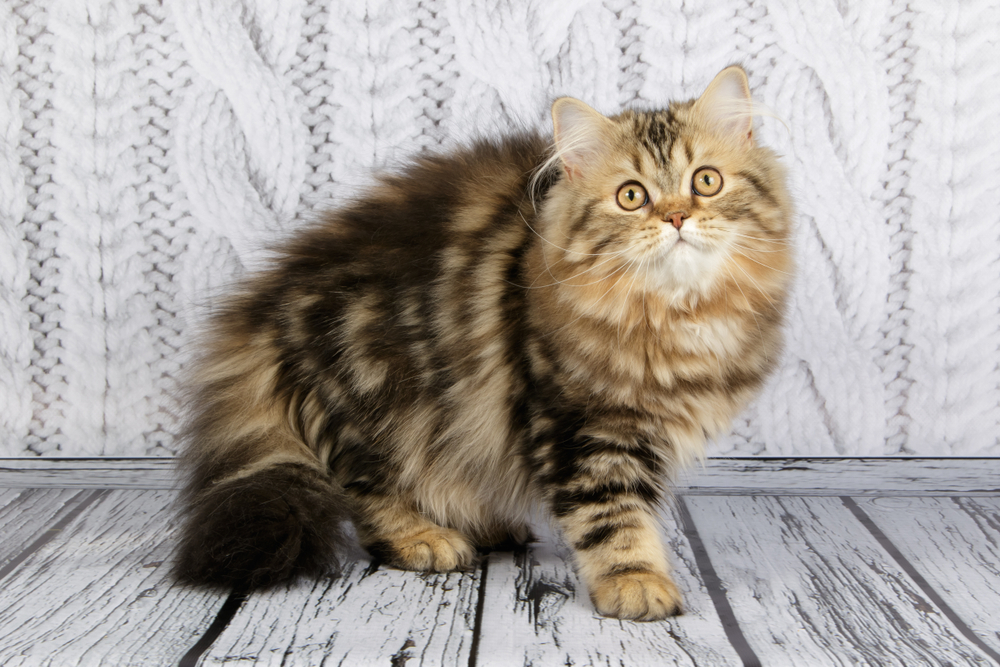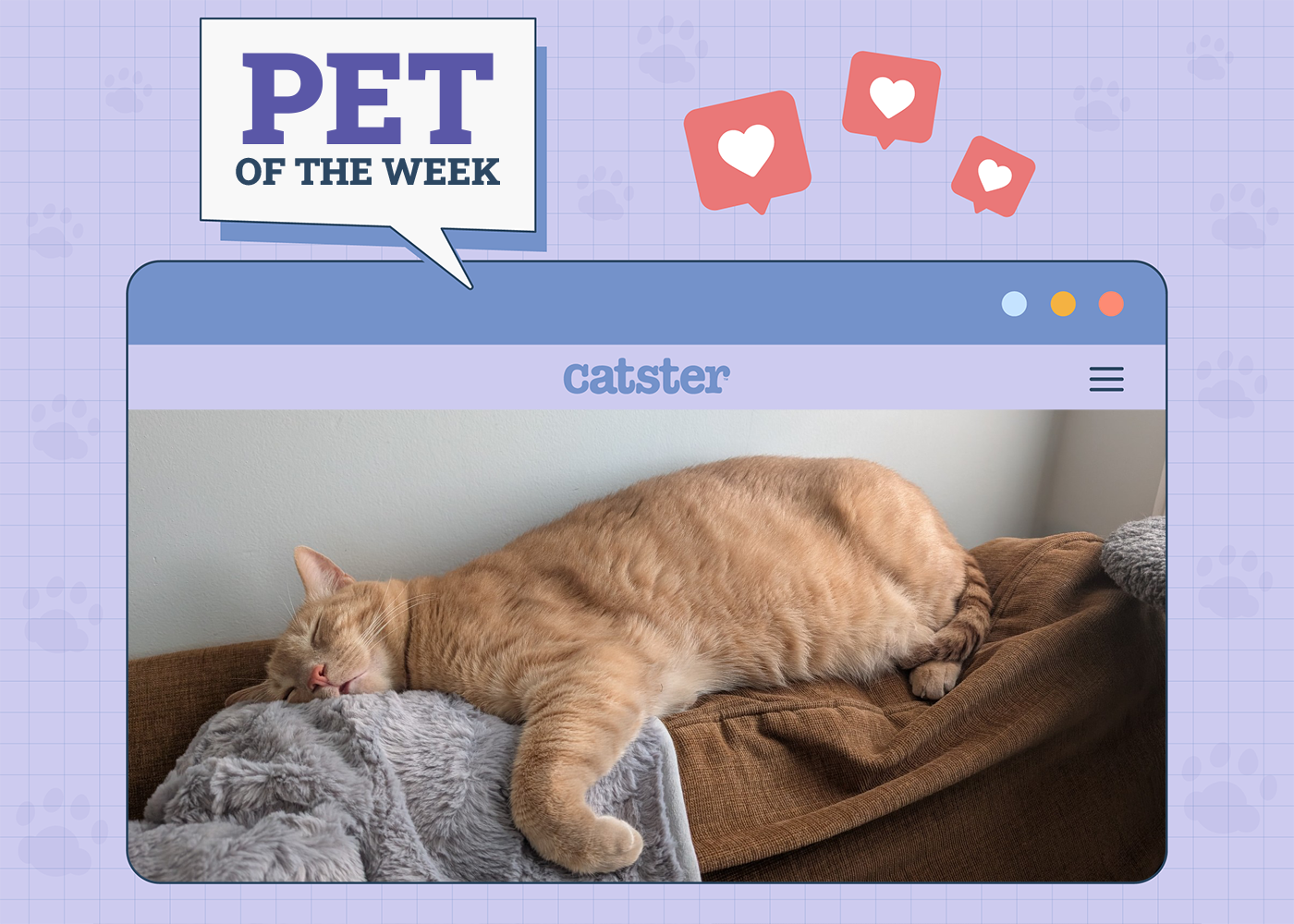Click to Skip Ahead
Our beautiful friends from across the pond make great pets, as any British Shorthair owner can tell you. But if you’re thinking about adopting a British Shorthair, you might be wondering whether you should go for a male or female cat. Overall, the differences between male and female cats are pretty minimal. Like humans, cats have a range of personality traits no matter what gender they are. But that doesn’t mean that males and females are exactly the same! Here are a few points that can help you decide what you want.

Visual Differences

At a Glance
- Average weight (adult): 9–7 pounds
- Lifespan: 12–20 years
- Exercise: 2–5+ hours a day
- Grooming needs: Moderate
- Family-friendly: Yes
- Other pet-friendly: Often
- Personality: Friendly, easygoing, social
- Average weight (adult): 7–12 pounds
- Lifespan: 13–20 years
- Exercise: 1+ hours a day
- Grooming needs: Moderate
- Family-friendly: Yes
- Other pet-friendly: Sometimes
- Personality: Friendly, vocal, independent

Male British Shorthair Overview
British Shorthairs are known for being friendly but reserved and generally calm, low-maintenance cats. Male British Shorthairs are no exception. They are a great choice for most pet owners, especially if the cats are neutered.
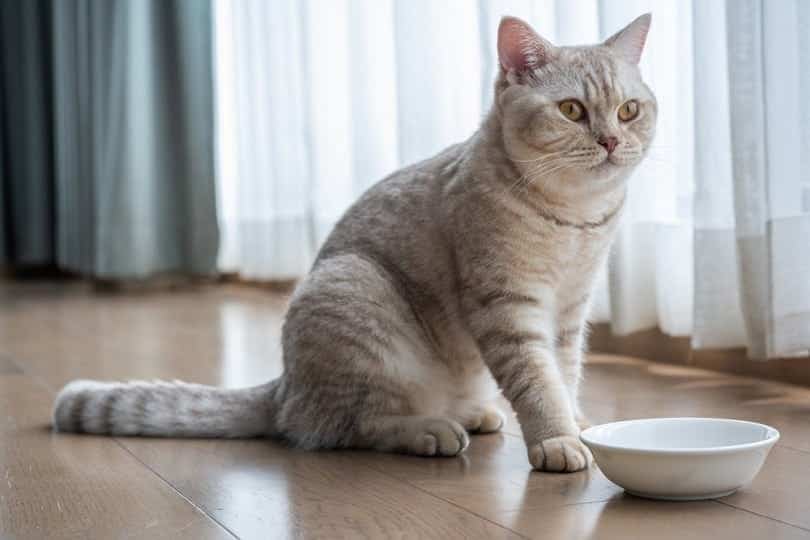
Personality and Temperament
Male British Shorthairs tend to be a little more relaxed and easygoing than their female counterparts. Although your cat’s personality is determined by a lot of things, you can expect most male British Shorthairs to be friendly to humans and other pets. They usually do well in multi-pet households, and most are not anxious around strangers. Unaltered males may be aggressive towards other cats, especially other males.
Health and Activity
Male British Shorthairs are slightly bigger than females. They are often slightly more active and need more exercise because of their size. Because British Shorthairs aren’t the most active breed naturally, you might need to work harder to make sure your male British Shorthair gets enough activity and doesn’t grow obese. They can live anywhere from 12 to 20 years, but overall, males have a slightly lowered lifespan and live on average for two fewer years than females. Neutered male cats should not spray, but unaltered males will spray to mark territory.
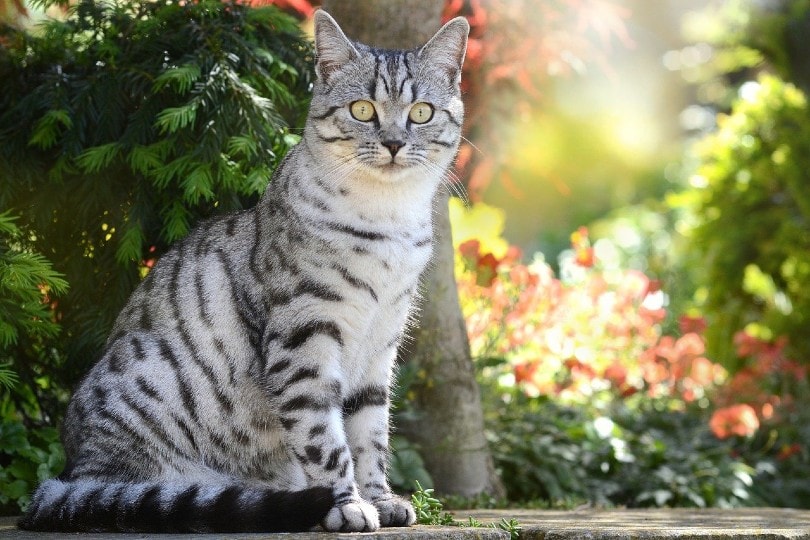
Suitable for:
Most homes will be happy with a Male British Shorthair. They do well as solitary pets or in multi-pet households. They’re also a good choice for families, apartment dwellers, or single people. The most important thing is to ensure that your cat has a happy, safe environment to live in.

Female British Shorthair Overview
Female British Shorthairs are also a great choice for most cat owners. They will be happiest and healthiest if they are spayed so that they don’t experience heat or pregnancy. They come in all the colors and patterns that male British Shorthairs have, but you can also find calico/tortoiseshell patterned female British Shorthairs.
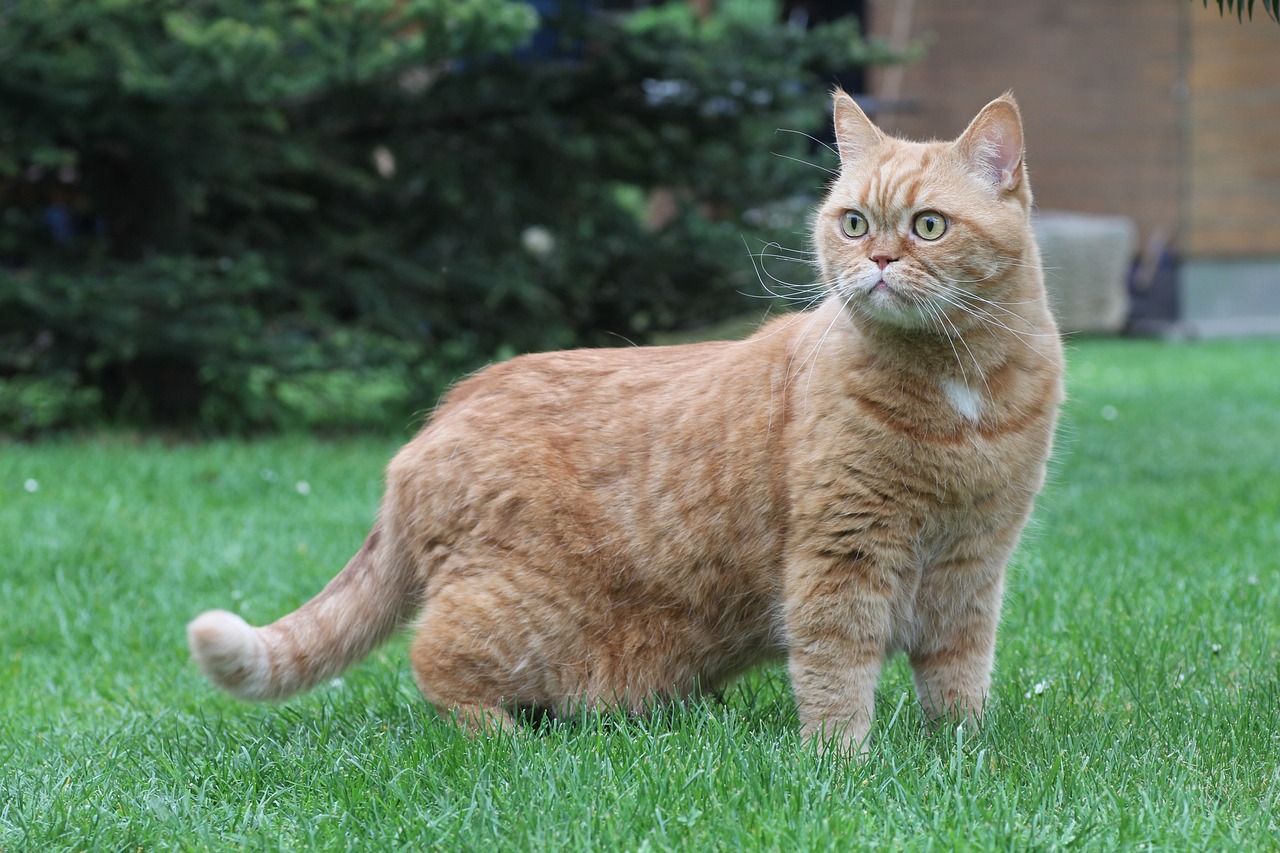
Personality and Temperament
Female British Shorthairs also tend to be calm and quiet, but they may be more reserved than males. Female British Shorthair cats also tend to grow very attached to their family but are less relaxed and shyer around strangers. Some female cats are very vocal and love to carry on “conversations” with their humans. Many female British Shorthairs get on well with other cats, but some become possessive towards their owners and don’t do well in multi-pet households.
Health and Activity
Female British Shorthairs are slightly smaller than males, and they generally live for one to two years longer. They often don’t need quite as much activity as males, but since British Shorthair cats are generally sedentary, daily playtime or exercise is a good idea regardless. Unspayed females will go into heat regularly throughout their life and have personality and behavior changes while in heat.
Suitable for:
Female British Shorthairs are generally suitable for any living situation, but there are some pitfalls to watch out for. Some female British Shorthairs struggle in multi-pet households, and because female cats are more likely to be anxious, they might not do well in busy or stressful environments. Despite this, female British Shorthairs are generally a good match for single-person households or families and for small or large living spaces.
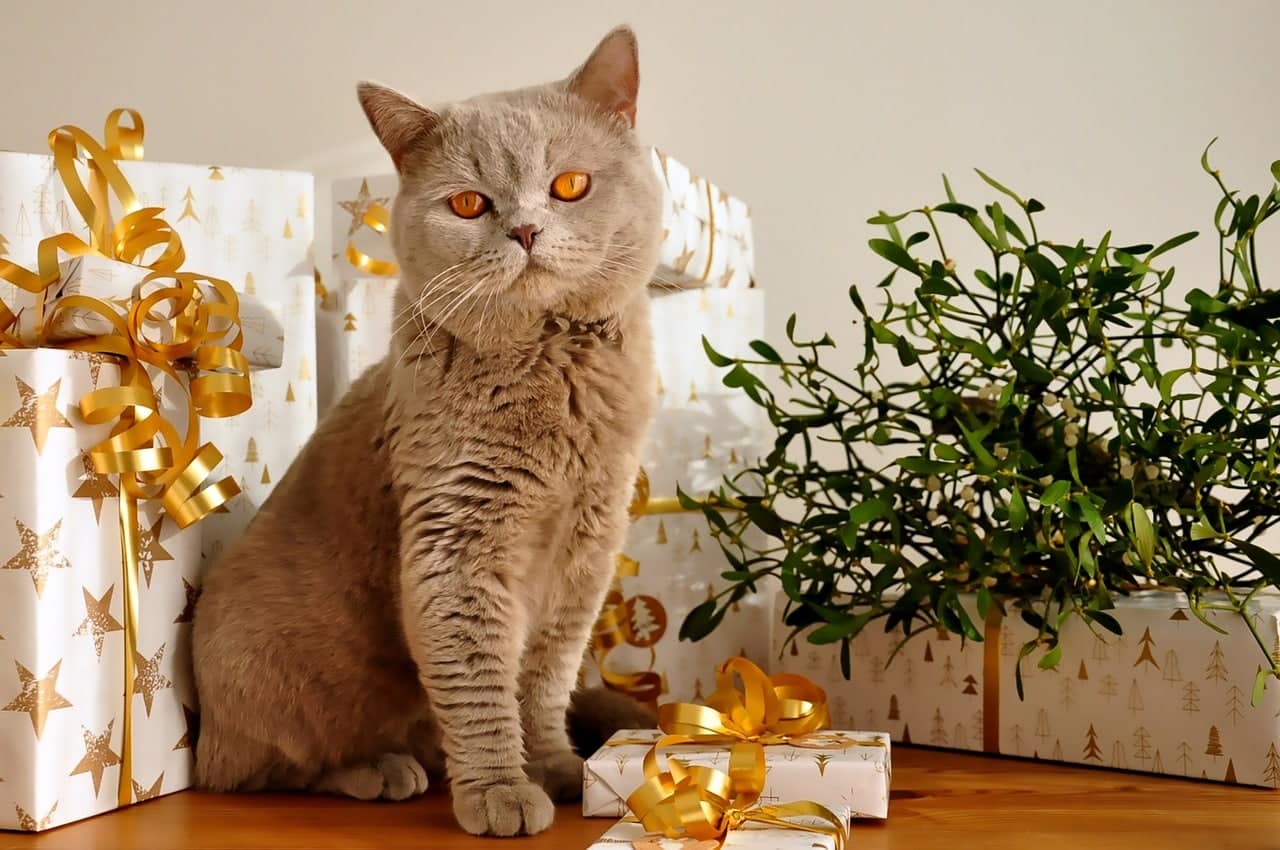

Which Gender Is Right for You?
As you can see, male and female British Shorthairs are similar in appearance and personality, but they do have some differences. Male cats are usually bigger and require more activity. They also are laid back and do slightly better with other pets. Female British Shorthairs are usually more attached to their owners and less friendly to strangers. They also live slightly longer.
Featured Image Credit: Left – PHOTOCREO Michal Bednarek, Shutterstock | Right – OksanaSusoeva, Shutterstock

